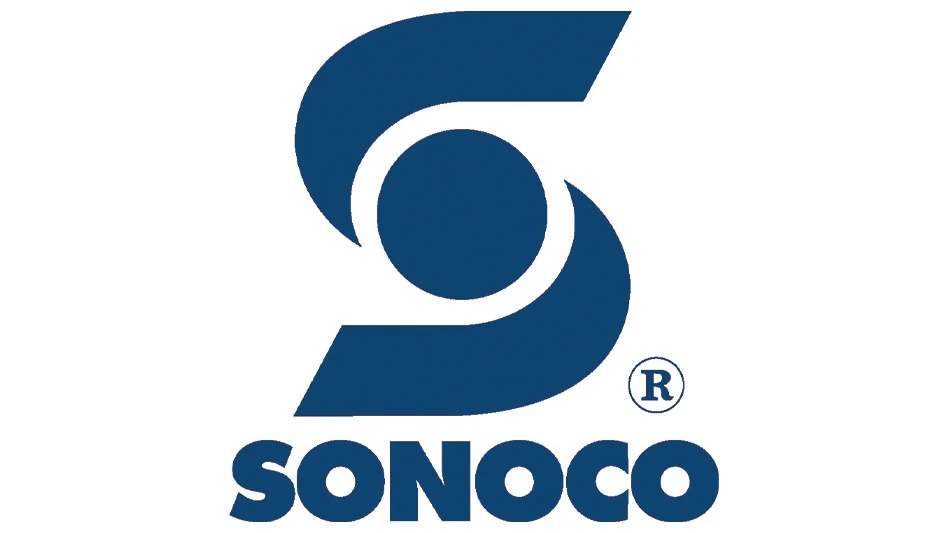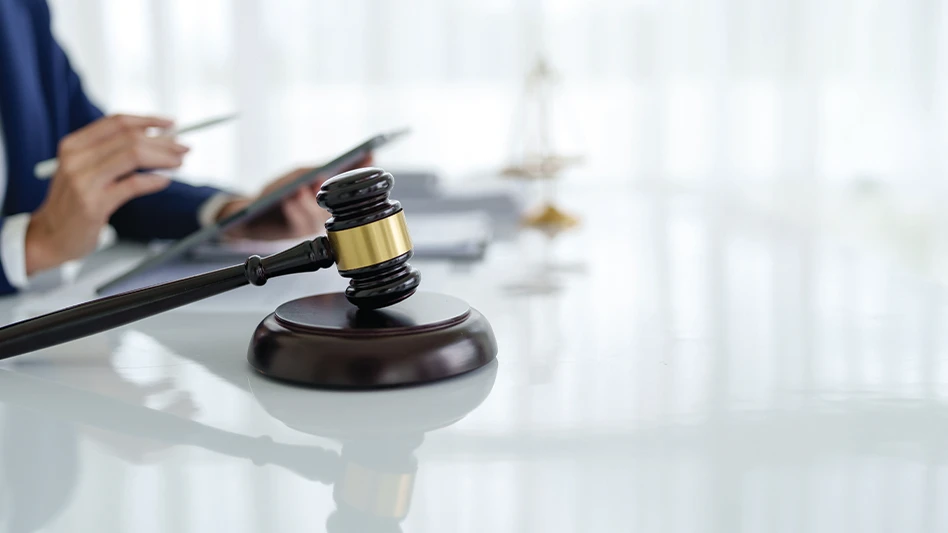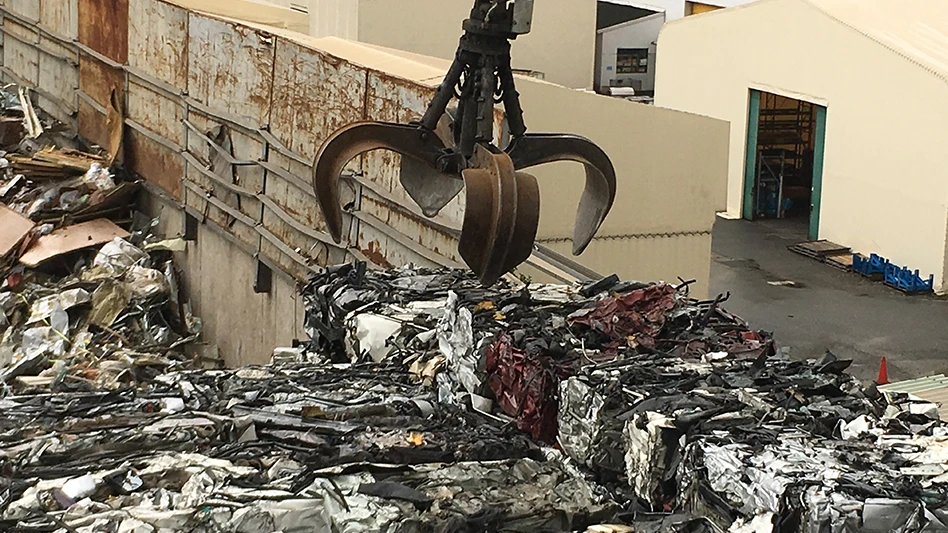In the throes of the steel industry depression, the Section 201 tariff on imported steel was put in place to give the domestic steel industry a chance to survive the horrific slump, which sent more than two dozen steel companies into Chapter 11.
When Pres. George W. Bush invoked Section 201 status, one of the basic goals was for the domestic steel industry to "get its financial house in order." The Bush Administration said that the tariff would allow domestic steel companies to consolidate from a slew of ailing companies into fewer, but healthier, mills that could better compete in the global market place.
To some extent that has happened, and at quite a brisk pace.
Mittal, which has become the largest steel company in the world, has led the effort. After acquiring International Steel Group in 2004 (itself a company that was cobbled together from disparate, often closed steel mills, such as LTV Steel, Bethlehem and Weirton Steel), the company has now made an unsolicited bid to acquire Luxembourg-based Arcelor, the second largest steel company in the world.
For an timeline of steel industry acquisitions, follow the following link:
Steel Acquisition Timeline
Explore the March 2006 Issue
Check out more from this issue and find your next story to read.
Latest from Recycling Today
- US ferrous market exhibits upward pricing pressure: Davis Index
- Glass Packaging Institute applauds regulation change
- Engcon adds to Tiltorotator line
- Paper recycling is focus of two January webinars
- Disruption likely for material flows in mid-January
- Blue Whale Materials to expand Oklahoma lithium-ion battery recycling plant
- CARI names new president and CEO
- Interzero revamps leadership structure





